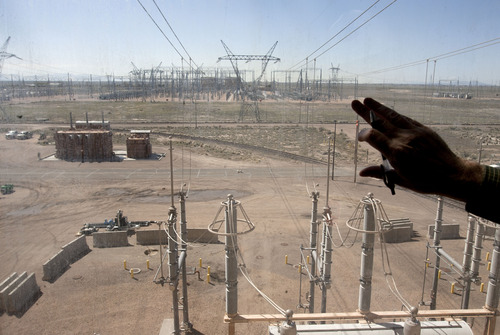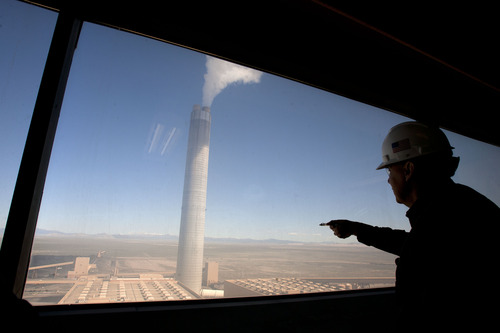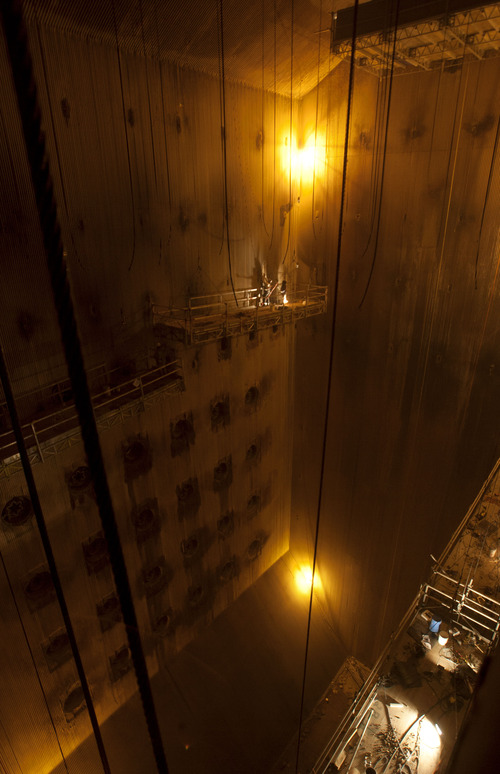This is an archived article that was published on sltrib.com in 2013, and information in the article may be outdated. It is provided only for personal research purposes and may not be reprinted.
The Intermountain Power Agency is talking to the city of Los Angeles and other customers about converting much of the coal-fired Intermountain Power Plant to run on cleaner but more expensive natural gas by 2025.
On Tuesday, the Los Angeles City Council voted unanimously for a plan to wean the city away from coal within 12 years. The agreement signals that the council's first choice is to replace most of IPP's coal power with natural gas-fueled generating units that would be constructed at the facility near Delta.
The Los Angeles Department of Water and Power, which is the largest buyer of IPP electricity, has been leading an effort by six California purchasers to convert a large portion of the plant to natural gas. If initiated, work would begin in 2020 and be completed by 2025, IPP spokesman John Ward said Thursday.
The size of the natural gas power units would depend on how many of the plant's 36 customers in California and Utah agree to participate in the conversion. Output probably would be 600 megawatts to 1,200 megawatts, Ward said in an email. The plant today produces 1,800 megawatts. A megawatt supplies enough energy to power the appliances in 750 homes.
The California purchasers — Los Angeles and the cities of Anaheim, Riverside, Pasadena, Burbank and Glendale — collectively buy 75 percent of IPP's energy output. The remainder is purchased by Pacificorp, six Utah electrical cooperatives and 23 Utah municipalities.
Ward said all of the participants in the existing project would need to modify their agreements before a total conversion could move forward. Afterward, new agreements would need to be approved by the parties that want to participate in the conversion to get it started.
Los Angeles officials have said they need to begin the work now to amend its power purchase agreements with IPP because California requires all utilities serving the state with coal-fired power to switch to natural gas and renewable energy sources such as wind and solar power by 2027 — the same year the city's contract with IPP expires.
The future of IPP's two coal-fired units is up in the air, Ward said. The Utah cities that buy IPP's power must determine whether the units will continue to operate or be shut down.
"In order to keep them open, however, new customers would need to be secured to replace the loss of the California purchasers," he said.
The natural gas units would be financed the same way the original project was paid for — by issuing bonds that would be repaid by customers out of future sales of electricity from the plant, Ward said. Some estimates have put the conversion cost as high as $500 million.
IPP would continue to generate electricity during the conversion, Ward said.
"There is ample space and other necessary resources to develop the natural gas units alongside the coal units," he said.
Twitter: @sltribpaul —
Appetite for power
The California purchasers — Los Angeles and the cities of Anaheim, Riverside, Pasadena, Burbank and Glendale — collectively buy 75 percent of IPP's energy output.







